 ALL NEWS
ALL NEWS
Workplace safety is a critical concern across all industries in Australia. The cost of workplace accidents, both in human and financial terms, can be high, which makes identifying and mitigating common safety hazards essential for businesses. This article will explore the top safety risks found in Australian workplaces and provide practical tips for prevention. Fire and Safety Australia offers a range of training courses designed to address these risks, ensuring that workers are equipped with the skills to maintain a safe working environment.
1. Slips, Trips, and Falls
One of the most common safety hazards in any workplace is the risk of slips, trips, and falls. Whether it’s due to wet floors, uneven surfaces, or poor housekeeping, these accidents can result in serious injuries, from broken bones to concussions.
Prevention Tips:
- Ensure walkways are clear of obstacles and regularly cleaned.
- Use anti-slip mats in areas prone to spills.
- Conduct regular maintenance to fix any uneven floors or damaged walkways.
- Encourage employees to wear appropriate footwear for their working environment.
Training Solution: Fire and Safety Australia offers Work Health & Safety (WHS) Training Courses, which covers general safety procedures, including managing risks like slips and trips.
2. Fire Hazards
Fires pose a significant risk in all industries, particularly in environments where flammable materials are present. Poorly maintained electrical systems, smoking in prohibited areas, and improper storage of hazardous materials can all contribute to workplace fires.
Prevention Tips:
- Regularly inspect and maintain fire safety equipment such as fire extinguishers and alarms.
- Store flammable materials in designated areas and follow proper disposal methods.
- Ensure fire exits are clearly marked and unobstructed.
- Conduct fire drills and ensure that all employees know the evacuation procedures.
Training Solution: Fire and Safety Australia provides comprehensive Fire & Warden Training Courses to help employees respond to fire emergencies and safely evacuate the premises.
3. Chemical Exposures
Chemical hazards are particularly prevalent in industries like manufacturing, mining, and healthcare. Exposure to harmful chemicals can cause short- and long-term health issues, including respiratory problems, skin irritation, and even cancer.
Prevention Tips:
- Use appropriate personal protective equipment (PPE) such as gloves, masks, and goggles.
- Store chemicals in well-ventilated, secure areas.
- Ensure all chemicals are labelled correctly and Material Safety Data Sheets (MSDS) are readily accessible.
- Train employees on the safe handling of hazardous materials.
Training Solution: Fire and Safety Australia offers HAZMAT Training and Spill Response courses, providing workers with the skills to safely manage and respond to chemical spills and exposure incidents.
4. Working at Heights
Working at heights is a high-risk activity, especially in industries such as construction, wind energy, and telecommunications. Falls from heights are a leading cause of workplace fatalities in Australia.
Prevention Tips:
- Conduct risk assessments before any work at heights begins.
- Use fall protection equipment such as harnesses, guardrails, and safety nets.
- Ensure ladders and scaffolding are in good condition and securely positioned.
- Provide training for employees on proper fall protection procedures.
Training Solution: Fire and Safety Australia’s Working at Heights Course teaches workers the correct use of fall protection systems and how to safely conduct rescue operations if an accident occurs.
5. Electrical Hazards
Electricity poses serious risks, from electric shocks to fires caused by faulty wiring. Common electrical hazards include damaged cords, overloaded circuits, and lack of maintenance on electrical equipment.
Prevention Tips:
- Regularly inspect and maintain all electrical equipment.
- Ensure that only qualified personnel handle electrical installations and repairs.
- Use protective devices such as circuit breakers and grounding systems.
- Keep all electrical panels and equipment dry and free of dust.
Training Solution: Fire and Safety Australia’s Electricity Supply Industry (ESI) Training Courses equips workers with the knowledge to safely handle electrical hazards and maintain workplace safety.
6. Vehicle-Related Accidents
Workplace vehicles, such as forklifts, EWPs, and cranes, are commonly used in many industries. Accidents involving vehicles can lead to serious injury or death.
Prevention Tips:
- Ensure that all vehicle operators are properly trained and certified.
- Conduct regular vehicle maintenance checks.
- Implement designated vehicle routes and speed limits within the workplace.
- Provide clear signage and barriers in areas where vehicles operate.
Training Solution: Fire & Safety Australia delivers High Risk Work (HRW) Licence training courses across various industries in Australia. Our courses cover Forklift and Elevated Work Platform (EWP) Licences, ensuring you gain the skills needed to operate safely and meet Australian standards.
Tailored Safety Training Across Industries
At Fire and Safety Australia, we provide safety training courses across a wide range of industries, including Aviation, Construction, Defence, Maritime, Mining, Oil & Gas, and Renewables. Each course is designed to meet the specific safety requirements of that industry, ensuring workers are equipped to handle unique hazards. Our comprehensive training solutions empower employees to create safer workplaces, reduce accidents, and comply with Australian regulations.
Understanding and mitigating common safety hazards is key to maintaining a safe and compliant workplace. By implementing the practical prevention tips mentioned above and investing in high-quality safety training through Fire and Safety Australia, businesses can reduce the risk of accidents, enhance safety culture, and ensure the well-being of their workforce.
References
Safe Work Australia – Common Hazards
Australian Government – Workplace Health & Safety Regulations







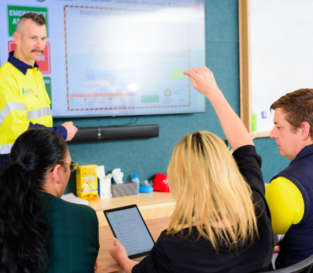
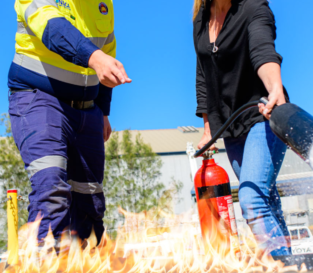
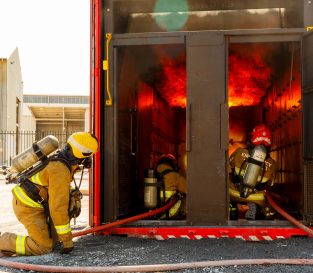
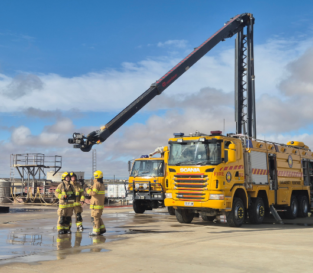
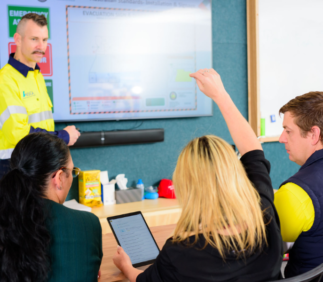

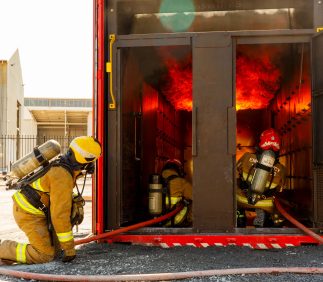

 ALL NEWS
ALL NEWS